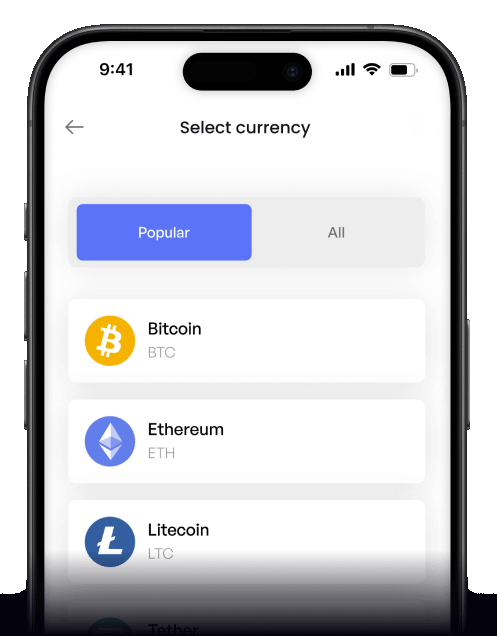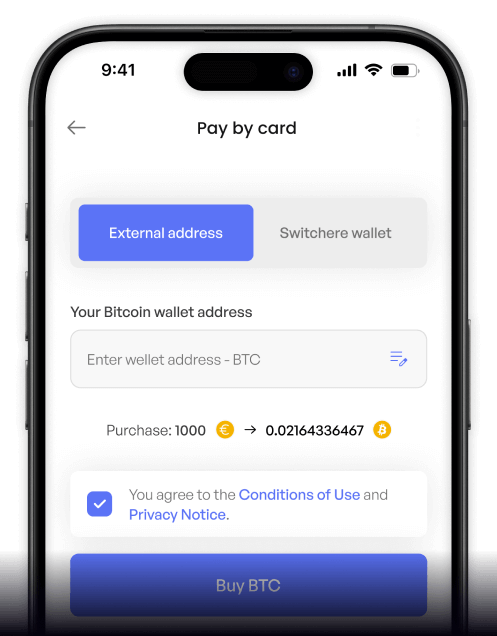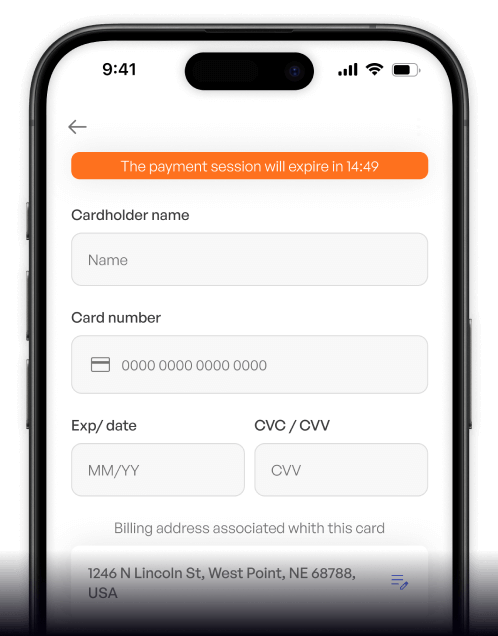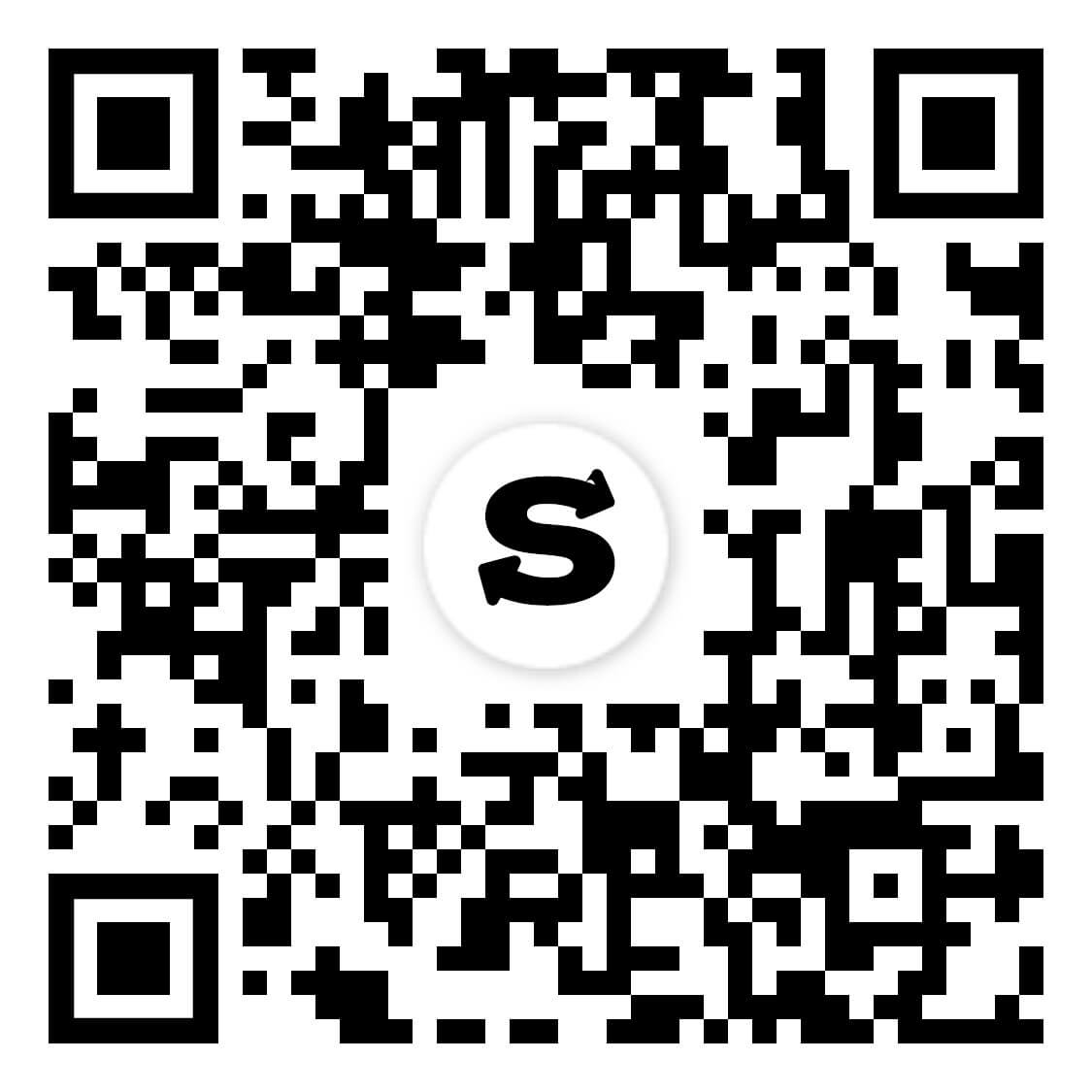- Casa
- Convertitore
- Korean Won (KRW) per Avalanche (AVAX)
Convertire
Korean Won (KRW) in Avalanche (AVAX) istantaneamente
Acquistate facilmente Avalanche (AVAX) con Korean Won (KRW) su Switchere e beneficiate di transazioni rapide e sicure.
Circa
Avalanche (AVAX)
Avalanche (AVAX) si presenta come una piattaforma tecnologica blockchain Layer 1 ad alte prestazioni, meticolosamente progettata per affrontare il trilemma critico della scalabilità: raggiungere la decentralizzazione, la sicurezza e l'elevato throughput. Il suo scopo principale è quello di fornire una base robusta e versatile per le applicazioni decentralizzate (dApp) e le implementazioni blockchain personalizzate, note come sottoreti. Questa rete decentralizzata utilizza l'innovativo protocollo di consenso Avalanche, una famiglia di meccanismi influenzati da Snowball, che consente di concludere le transazioni in modo quasi istantaneo, tipicamente sotto i due secondi, distinguendosi nel panorama competitivo delle piattaforme di asset digitali. L'architettura della piattaforma favorisce un ecosistema fiorente per contratti intelligenti complessi e infrastrutture Web3 diverse.
L'architettura di base di Avalanche è strutturata in modo unico attorno a tre catene distinte ma interoperabili: la Exchange Chain (X-Chain) per la creazione e la gestione degli asset digitali, la Platform Chain (P-Chain) per il coordinamento dei validatori, il monitoraggio delle sottoreti attive e la possibilità di creare nuove sottoreti, e la Contract Chain (C-Chain) per l'esecuzione di smart contract compatibili con Ethereum Virtual Machine (EVM). Questo design multi-catena facilita un'ampia gamma di casi d'uso, tra cui spiccano le applicazioni DeFi avanzate, le soluzioni aziendali e il gioco d'azzardo basato su blockchain. Il token di utilità nativo, AVAX, è parte integrante della tokenomics dell'ecosistema; viene utilizzato per pagare le commissioni di transazione attraverso la rete, per proteggere la piattaforma attraverso il picchettaggio da parte dei validatori, per partecipare alle decisioni di governance sulla catena e come unità di conto comune tra le sottoreti. Ciò posiziona Avalanche come un livello infrastrutturale significativo e adattabile che mira a supportare una nuova generazione di sistemi decentralizzati e di libri mastri digitali.
Come acquistare gli Avalanche (AVAX)
Monete popolari per Korean Won (KRW)
Altre monete per Korean Won (KRW)
Domande frequenti
-
Qual è il processo standard per acquistare Avalanche (AVAX) con Won sudcoreani (KRW)?
Il metodo principale consiste nell'utilizzare un exchange di criptovalute sudcoreano regolamentato che elenchi la coppia KRW/AVAX. Questo processo comporta tipicamente il completamento di una rigorosa verifica KYC/AML collegata a un conto bancario nominativo. Una volta verificato, è possibile depositare KRW tramite bonifico bancario locale, utilizzare il libro degli ordini dell'exchange per acquistare AVAX e quindi prelevare l'asset digitale su un portafoglio personale compatibile con la C-Chain di Avalanche per una conservazione sicura. -
Quali caratteristiche tecniche della rete Avalanche è fondamentale comprendere prima di scambiare KRW con AVAX?
Gli aspetti chiave includono il suo protocollo di consenso unico, che consente una finalità delle transazioni quasi istantanea, e la sua architettura a sottoreti (subnet). Avalanche ha tre blockchain principali: la X-Chain per la creazione di asset, la P-Chain per lo staking e il coordinamento dei validatori, e la C-Chain, una catena compatibile con EVM per gli smart contract. La maggior parte degli utenti interagisce con la C-Chain, quindi comprendere il suo meccanismo di commissioni sul gas è essenziale per gestire i costi delle transazioni. -
Quali sono le commissioni tipiche quando si converte KRW in AVAX tramite un on-ramp fiat coreano?
Gli utenti incontrano tipicamente tre tipi di commissioni. In primo luogo, le commissioni di deposito in KRW, che sono spesso minime o gratuite per i bonifici bancari locali. In secondo luogo, le commissioni di trading sull'exchange, che sono solitamente una piccola percentuale basata su un modello maker-taker per le transazioni sul libro degli ordini. In terzo luogo, una commissione di prelievo per spostare i tuoi AVAX dall'exchange a un portafoglio digitale privato. Quest'ultima commissione è un importo fisso di AVAX destinato a coprire le commissioni sul gas della transazione blockchain. -
Dopo aver acquistato AVAX con KRW, come posso partecipare allo staking dell'asset digitale?
Per mettere in staking AVAX, devi prima prelevarlo dall'exchange su un portafoglio non-custodial che supporti lo staking di Avalanche, come il portafoglio Core. Dal tuo portafoglio, puoi delegare i tuoi AVAX a un validatore sulla P-Chain della rete. Questo processo aiuta a proteggere il protocollo di consenso Proof-of-Stake e in cambio guadagni ricompense da staking. È un modo fondamentale per contribuire alla sicurezza e alla decentralizzazione della rete, guadagnando al contempo un rendimento sul tuo asset. -
Qual è l'importanza dell'architettura a sottoreti (subnet) di Avalanche per l'utilità di AVAX?
L'architettura a sottoreti è una soluzione di scalabilità chiave che consente ai progetti di lanciare blockchain personalizzate e specifiche per le applicazioni. Ciò è cruciale per l'utilità del token AVAX perché i validatori di queste sottoreti devono anche convalidare la Rete Primaria di Avalanche, il che richiede lo staking di AVAX. Inoltre, AVAX è spesso utilizzato come token nativo per le commissioni sul gas all'interno di queste sottoreti, creando una domanda sostenuta per l'asset digitale man mano che l'ecosistema di applicazioni decentralizzate cresce.






